$7.99
Want to make your own bread settler-style? Use this 2 lb. bag of stone ground wheat flour and the recipe below to make a delicious treat from Great Smoky Mountains National Park.
Great Smokies’ Whole Wheat Bread
Ingredients:
Directions:
In a large bowl, mix water, sugar, and salt. Sprinkle dry yeast over top; stir gently to dissolve. Add shortening or oil; stir in wheat flour and 1 cup of white flour. Add remaining white flour ½ cup at a time and stir until dough is no longer sticky. Knead dough until smooth and elastic (about 10 minutes). Place dough in greased bowl; let rise until double in bulk. Punch down, mold into loaf and place in greased 8½” x 4½” loaf pan. Let rise again (about 20 minutes). Bake at 350° F for 45 minutes. Makes one loaf.
Endowed with an abundance of fast-flowing streams, the Great Smoky Mountains were a natural place for building water-powered mills. Pounding mills, giant mortars and pestles built beside small waterfalls, were used by the Cherokee Indians and pioneers here 200 years ago. Next came the tub mills. They were small, only capable of grinding about one bushel of grain per day, but were something of a status symbol for families. Owning a tub mill saved you the 10-12% toll at custom mills.
Cable Mill and Mingus Mill are the two custom mills that have been preserved in the national park. Mingus Mill was built in 1886 using mostly tuliptree wood and is still grinding with its original stones. Cable Mill was built between 1870 and 1875 and, like Mingus Mill, was rehabilitated by the Civilian Conservation Corps during the 1930s.
All proceeds generated through the sale of Smokies Life merchandise go to Great Smoky Mountains National Park to support projects and services.

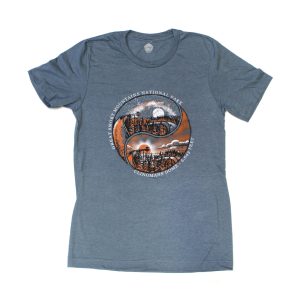
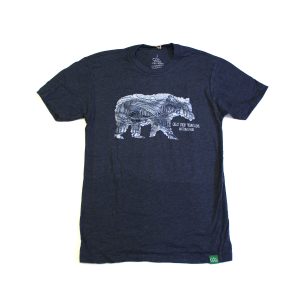
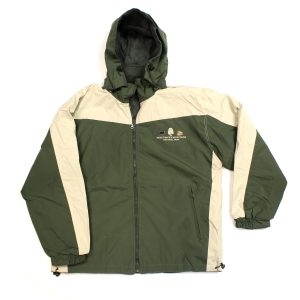
$7.99
Want to make your own bread settler-style? Use this 2 lb. bag of stone ground wheat flour and the recipe below to make a delicious treat from Great Smoky Mountains National Park.
Great Smokies’ Whole Wheat Bread
Ingredients:
Directions:
In a large bowl, mix water, sugar, and salt. Sprinkle dry yeast over top; stir gently to dissolve. Add shortening or oil; stir in wheat flour and 1 cup of white flour. Add remaining white flour ½ cup at a time and stir until dough is no longer sticky. Knead dough until smooth and elastic (about 10 minutes). Place dough in greased bowl; let rise until double in bulk. Punch down, mold into loaf and place in greased 8½” x 4½” loaf pan. Let rise again (about 20 minutes). Bake at 350° F for 45 minutes. Makes one loaf.
Endowed with an abundance of fast-flowing streams, the Great Smoky Mountains were a natural place for building water-powered mills. Pounding mills, giant mortars and pestles built beside small waterfalls, were used by the Cherokee Indians and pioneers here 200 years ago. Next came the tub mills. They were small, only capable of grinding about one bushel of grain per day, but were something of a status symbol for families. Owning a tub mill saved you the 10-12% toll at custom mills.
Cable Mill and Mingus Mill are the two custom mills that have been preserved in the national park. Mingus Mill was built in 1886 using mostly tuliptree wood and is still grinding with its original stones. Cable Mill was built between 1870 and 1875 and, like Mingus Mill, was rehabilitated by the Civilian Conservation Corps during the 1930s.
All proceeds generated through the sale of Smokies Life merchandise go to Great Smoky Mountains National Park to support projects and services.
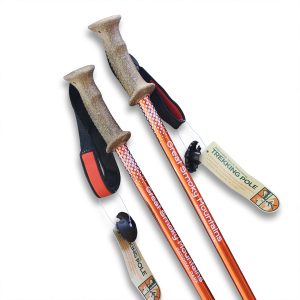
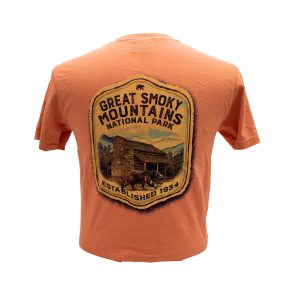

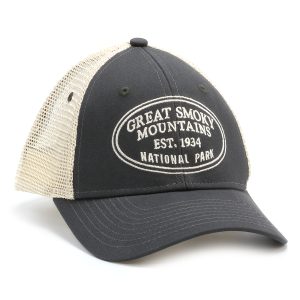
The Great Smokies Welcome Center is located on U.S. 321 in Townsend, TN, 2 miles from the west entrance to Great Smoky Mountains National Park. Visitors can get information about things to see and do in and around the national park and shop from a wide selection of books, gifts, and other Smokies merchandise. Daily, weekly, and annual parking tags for the national park are also available.